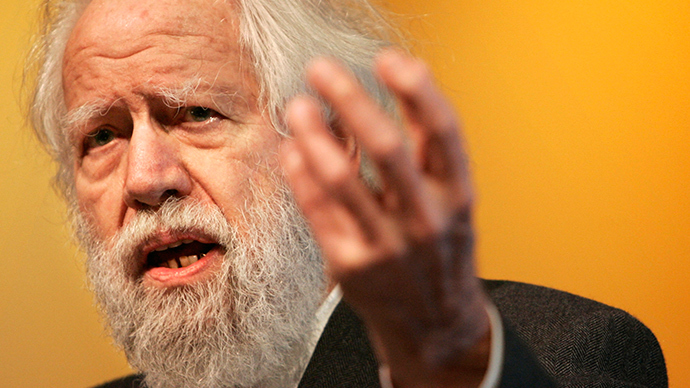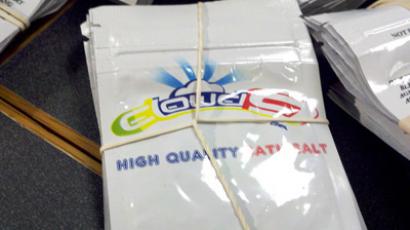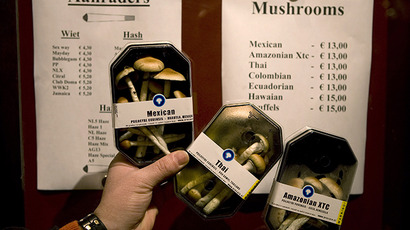'Godfather of ecstasy' Sasha Shulgin who introduced MDMA dies at 88

American medical chemist and pharmacologist of Russian descent Alexander ‘Sasha’ Shulgin, best known for introducing the MDMA (ecstasy) drug to psychology, passed away Monday “peacefully surrounded by friends and family.” He was 88.
Shulgin was an icon of the psychedelic movement in the US, synthesizing previously unknown psychoactive substances and testing them on himself, making detailed reports of his experience later transformed in a number of books, including PiHKAL (Phenethylamines I Have Known And Loved) and TiHKAL (Tryptamines I Have Known And Loved).
Through his experiments, Shulgin reportedly synthesized over 200 new psychoactive substances and rated them according to his personal Shulgin Rating Scale.

Shulgin studied organic chemistry at Harvard University. After joining US Navy in 1943, he got interested in psychopharmacology and after the end of WWII completed a post-doctoral course at the University of California, San Francisco, in the late 1950s.
After working as a chemist at Bio-Rad Laboratories, he worked for Dow Chemical as senior research chemist. In 1965 he chose to pursue his own research in psychiatry and pharmacology, organizing a laboratory at his house in Berkeley, California.
A major shift in his research took place in 1976, when Shulgin got acquainted with the MDMA substance first synthesized in 1912 at laboratories of Merck, the German chemical and pharmaceutical company.
In collaboration with Californian psychologist Leo Zeff, Shulgin introduced the substance to hundreds of US psychologists as an aide to talk therapy.
In 1979, Shulgin met his wife-to-be Anna, who became his closest research co-worker and co-author of his books over the years to come.

In November 2010 Shulgin suffered a stroke and spent some time in hospital in San Francisco. Because the treatment costs were high and Medicare covered only about 80 percent of them, Shulgin’s admirers organized a fundraising campaign, gathering donations that helped him have proper medical treatment over the next few years.
A few months before he suffered a stroke, Shulgin gave a popular
interview to VICE Media’s Hamilton Morris, which was published in
May 2010 under a title ‘The Last Interview With Alexander Shulgin’.
In March 2010, director Etienne Sauret released a “Dirty
Pictures” documentary on Shulgin’s life and scientific
research, describing him as a “rogue chemist who discovered the
effects of MDMA (aka Ecstasy) and over 200 other mind-altering
drugs.”














